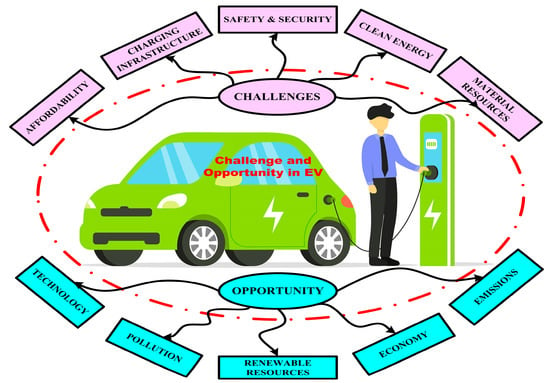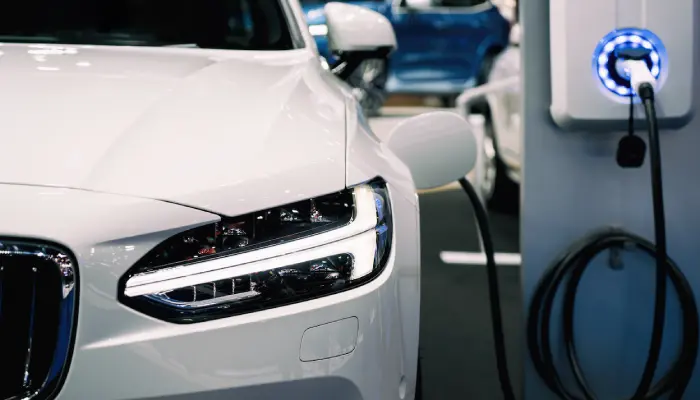How Import Tariffs Impact EV Prices and Availability
Mia Anderson
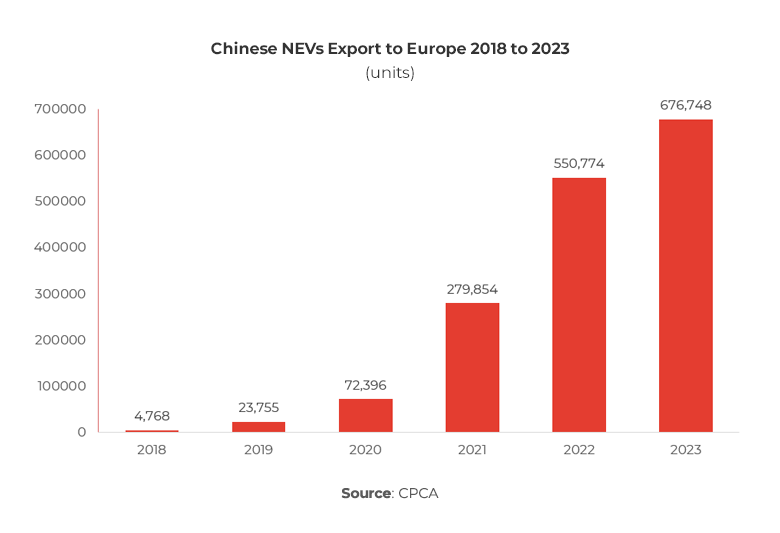
Photo: How Import Tariffs Impact EV Prices and Availability
The global transition to electric vehicles (EVs) has gained momentum in recent years, fueled by technological advancements, environmental concerns, and government incentives. However, the economic landscape of EV production and distribution is far from simple. One significant factor shaping the affordability and accessibility of EVs is the impact of import tariffs. These tariffs taxes imposed on imported goods affect EV prices, availability, and ultimately consumer adoption. This article delves into how import tariffs influence the EV market and examines potential solutions for mitigating their effects.
Understanding Import Tariffs in the EV Industry
Import tariffs are designed to protect domestic industries by increasing the cost of foreign goods. While this policy can boost local manufacturing, it can also lead to higher prices for imported vehicles, including EVs. For instance, tariffs on EV components such as batteries, motors, and charging infrastructure can cascade into the final cost of the vehicle, making it less affordable for consumers.
Key Tariff Variations by Region
- United States: The U.S. imposes tariffs on EVs imported from countries like China, one of the largest EV producers. These tariffs can reach as high as 25% for certain models, significantly increasing retail prices.
- European Union: The EU maintains a 10% tariff on imported EVs, aimed at fostering its domestic automotive industry. This policy impacts automakers from countries such as the United States and Japan.
- China: As both a major producer and consumer of EVs, China levies tariffs on imported EVs to support local brands like BYD and NIO, which dominate the domestic market.
These variations highlight the complex interplay of global trade policies that influence EV pricing and accessibility across markets.
The Ripple Effect of Import Tariffs on EV Prices
Higher Manufacturing Costs
Import tariffs can significantly inflate the cost of raw materials and components. For example, lithium-ion batteries, a critical component of EVs, are often subject to tariffs if sourced internationally. This increases production expenses, which are typically passed on to consumers.
Limited Competition
When tariffs discourage the import of foreign EVs, domestic manufacturers face less competition. While this may benefit local industries in the short term, it often leads to higher prices and fewer choices for consumers. For instance, markets with restrictive tariffs may lack access to affordable EV models like those from Chinese manufacturers, which are known for their cost efficiency.
Impact on Emerging Markets
In developing countries, where domestic EV production is still nascent, import tariffs can stifle the market's growth. Without access to affordable imported EVs, adoption rates remain low, slowing progress toward environmental goals and limiting consumer options.
Availability Challenges: Beyond Price
Import tariffs don't just affect pricing they also have a profound impact on the availability of EVs. By making imports less viable, tariffs can reduce the variety of models available in certain markets. This is particularly problematic for consumers seeking specific features, such as longer range or advanced autonomous driving capabilities, which might not yet be offered by local manufacturers.
Supply Chain Disruptions
Tariffs can disrupt global supply chains by making it more expensive to source components internationally. For instance, U.S. tariffs on Chinese-made EV batteries have forced some automakers to seek alternative suppliers, delaying production and reducing vehicle availability.
Stifling Innovation
Restricting access to foreign EVs can limit exposure to cutting-edge technology. For example, European consumers may miss out on innovative features pioneered by Chinese brands, such as ultra-fast charging or advanced software integration, due to trade restrictions.
Balancing Protectionism and Consumer Access
Governments face a challenging dilemma: how to balance the protection of domestic industries with the need to make EVs affordable and widely available. Several strategies have been proposed to address the adverse effects of import tariffs on the EV market.
Trade Agreements and Partnerships
Negotiating favorable trade agreements can reduce or eliminate tariffs, fostering international collaboration. For instance, the United States-Mexico-Canada Agreement (USMCA) includes provisions that encourage regional EV production while minimizing trade barriers.
Incentives for Domestic Production
Instead of relying solely on tariffs, governments can incentivize local EV manufacturing through subsidies, tax breaks, and research funding. This approach supports domestic industries without imposing additional costs on consumers.
Diversifying Supply Chains
Encouraging automakers to establish diversified supply chains can mitigate the impact of tariffs. By sourcing components from multiple regions, manufacturers can reduce dependency on any single market, minimizing the effects of trade restrictions.
A Global Perspective on EV Tariffs
To fully understand the impact of import tariffs on EVs, it's essential to consider the broader context of global trade and environmental goals. While protectionist policies may benefit certain economies in the short term, they can hinder global progress toward sustainability.
Case Study: The U.S. and Chinese EV Trade War
The trade war between the U.S. and China provides a stark example of how tariffs can disrupt the EV market. With both nations imposing high tariffs on each other's automotive exports, consumers in both markets have faced higher prices and fewer choices. This has slowed the adoption of EVs at a time when rapid decarbonization is urgently needed.
Environmental Implications
High tariffs on EVs can delay the transition to cleaner transportation by making these vehicles less accessible. For countries striving to meet ambitious carbon reduction targets, this poses a significant challenge. Policies that facilitate, rather than hinder, the global flow of EVs are essential for achieving environmental objectives.
Conclusion: Charting a Path Forward
Import tariffs play a critical role in shaping the global EV market, influencing prices, availability, and innovation. While they can protect domestic industries, they often do so at the expense of consumer affordability and market growth. To strike a balance, policymakers must adopt strategies that support local production while fostering international collaboration.
By reducing trade barriers, encouraging innovation, and diversifying supply chains, governments and automakers can work together to make EVs more accessible to consumers worldwide. As the world moves toward a greener future, addressing the impact of import tariffs will be crucial in accelerating the adoption of electric vehicles and achieving global sustainability goals.
Marketing
View All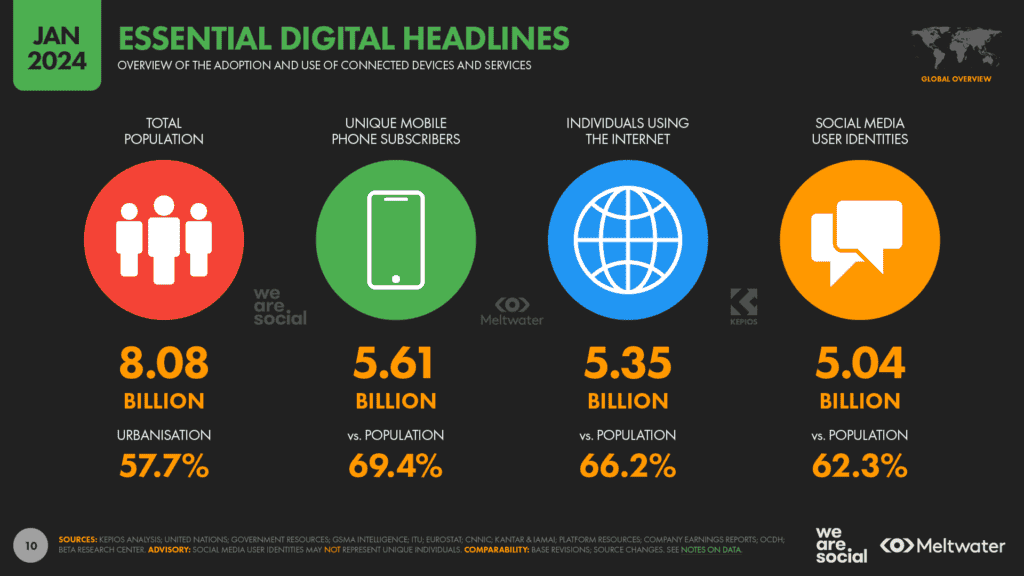
January 23, 2025
Social Media in Digital Marketing 2024Learn how social media is revolutionizing digital marketing in 2024. Boost your brand with actionable tips for viral campaigns!
Mia Anderson

January 23, 2025
10 Content Strategies for Digital SuccessCreate winning content with these 10 proven digital marketing strategies. Enhance engagement and conversions starting today!
Mia Anderson
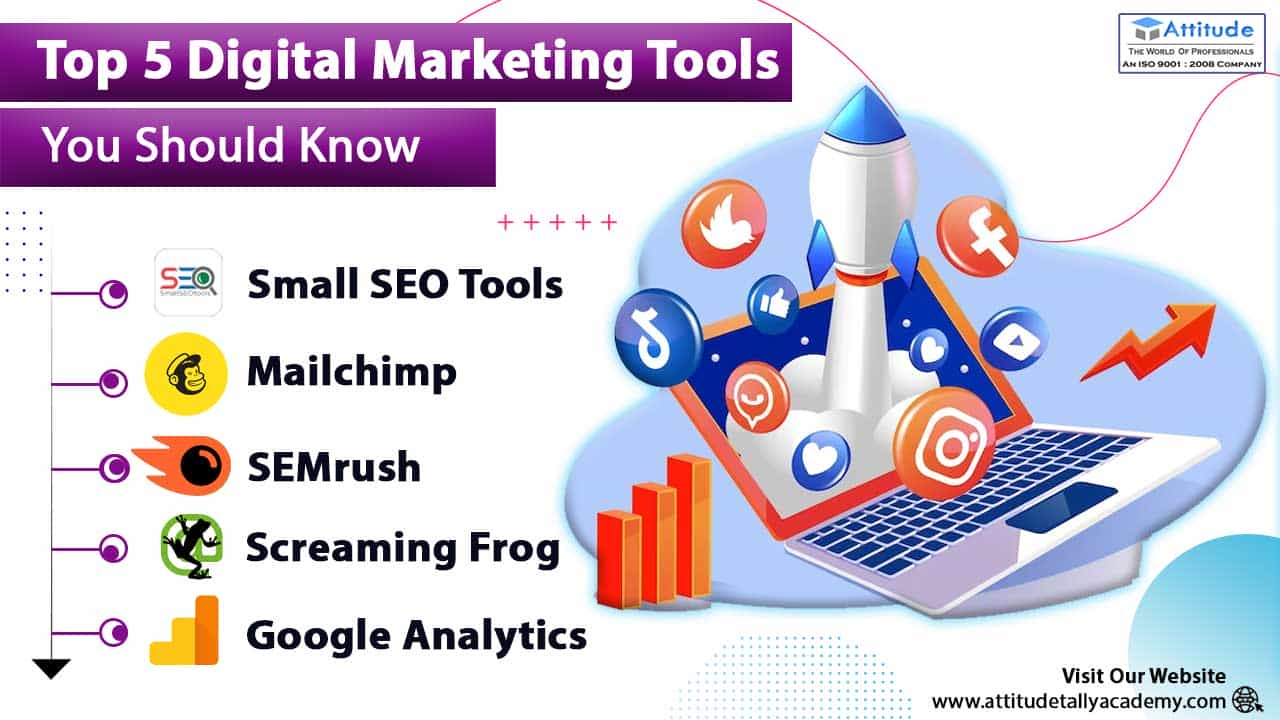
January 20, 2025
5 Best Digital Marketing Tools for GrowthUncover the top 5 digital marketing tools every marketer needs. Boost efficiency, drive results, and streamline your campaigns now!
Mia Anderson
Entertainment
View AllDiscover the fascinating history of superhero movies, from early adaptations to modern blockbusters. Uncover surprising facts and insights click to explore!
Mia Anderson
Unlock the secrets to going viral on TikTok with these 2024 strategies. From trend-spotting to unique twists, learn how to boost your visibility and engagement. Start creating viral content today!
Mia Anderson
Learn the key steps to start a YouTube channel in 2024, from content strategy to monetization. Click here for expert advice and actionable tips!
Mia Anderson
Discover the latest tips and trends for making a short film in 2024. Learn from experts and get started on your cinematic journey today!
Mia Anderson
Automotive
View AllExplore the growth of residential EV charging solutions, from home setups to energy-efficient charging options.
Read MoreDiscover the latest innovations in lightweight materials for EVs. How do these advancements improve performance and efficiency?
Read MoreDiscover real-world experiences of long-distance EV travel. Learn how EV owners tackle range anxiety and plan road trips.
Read MorePolular🔥
View All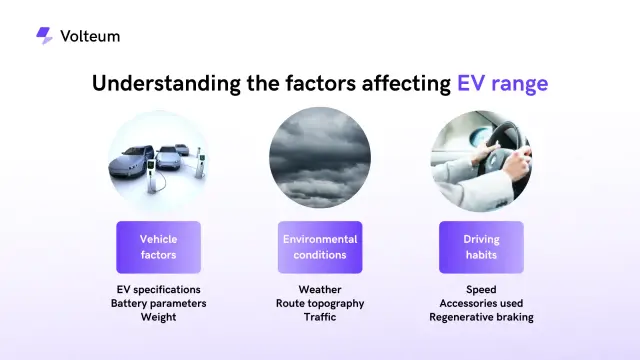
1
2
3
4
5
6
7
8
9
10
Technology
View All
September 12, 2024
Comprehensive Machine Learning Tutorial for Beginners
Master machine learning with our detailed tutorial. Learn the fundamentals and advance your skills today. Start your journey into AI now!

August 13, 2024
The Top SOC 2 Compliance Companies: Securing Your Data
Discover the leading SOC 2 Compliance companies and learn how they can help protect your organization's sensitive data. Click to explore the best options for safeguarding your business.

December 17, 2024
The Best Tech Gifts for 2024 – Shop Before They Sell Out!
Find the perfect tech gifts for everyone on your list! Click to explore the hottest gadgets and shop before they're gone.
Tips & Trick






